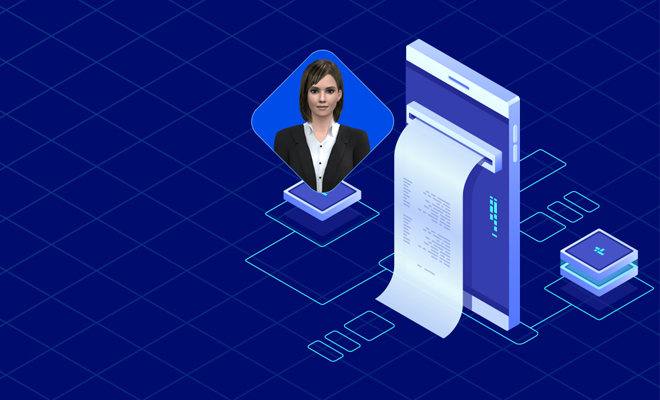The movement to working from home has exposed the inefficiencies associated with paper invoices and paper checks in the B2B space. Banks were closed, and paper invoices and checks delivered to offices sat in unopened envelopes. Thus, the pivot to digital B2B invoicing and digital payments became an immediate priority for businesses.
Digital Invoicing (aka E-invoicing and E-billing) is electronic delivery of an invoice to a customer. It is about as different from issuing paper invoices and mailing them to customers as you can get. Not only does digital invoicing deliver invoices electronically, but it does so in a variety of different forms and modes.
It can post your invoices to a customer’s vendor portal or to your own customer care/EIPP portal. It can deliver them virtually to any receiving device a customer can specify. It can accommodate whatever format and content required by a customer.
Similarly, Digital Payments, also known as Real Time Payments (RTP), Digital RTP and “Frictionless Digital Payments” are payments made directly between buyer and seller through a direct, secure, internet connection on an Account to Account (A2A) basis. It enables payments from buyer to seller in a wide range of mobile devices via the internet.
They transfer funds and remit advice together. For the Business to Consumer (B2C) market, the advantages of Digital Payments are obvious. It enables a vendor to collect money from customers immediately avoiding the need to extend credit. Tools such as Digital Wallets are used to enable point-of-sale payments anywhere achieving total mobility of commerce. This is a huge advantage for the reasons noted above and to accommodate consumers’ preferred payment mode.
For the Business to Business (B2B) market, it enables a vendor to accommodate their customers’ preferred payment mode. This is a big contributor to providing an excellent customer experience. Many small and medium businesses (SMB) do not usually perform administrative tasks during standard business hours, so the ability to pay vendor invoices off-hours is a necessity.
Second, it has a number of financial advantages over being paid by check, credit or debit card, and even via automated clearing house (ACH). Digital RTP is less expensive than checks and credit cards, more accurate and conveys more complete remittance advice information (driving lower cost and more accurate cash application), faster, and secure.
It can be a huge benefit for companies that demand payment on delivery, which is especially important in the pandemic economy (for financially weak customers) and in certain industries (e.g., Food Service).
Digital Invoicing and Digital Payments are most effective when used together in combination with a customer care EIPP portal. This combination enables quick, efficient review and payment of an invoice.










